Americans are notorious for having a short attention span. A major news story may usually dominate US minds for a good week to 10 days before disappearing into oblivion and being forgotten. Such is the case with 2 major news stories the media and the general public have long since forgotten: Puerto Rico after Hurricane Maria and Flint, Michigan after the water crisis. Let’s take a look.
PUERTO RICO
Hurricane Maria struck the Island of Puerto Rico on September 20, 2017. The powerful Category 4 hurricane killed more than 1000 people on the island and now ranks as the strongest storm to hit the US territory in nearly 90 years. The mighty winds caused a widespread loss of electrical power, food sources, and safe drinking water. However, since that was nearly 7 months ago, what about now? How are the residents of Puerto Rico faring in 2018?
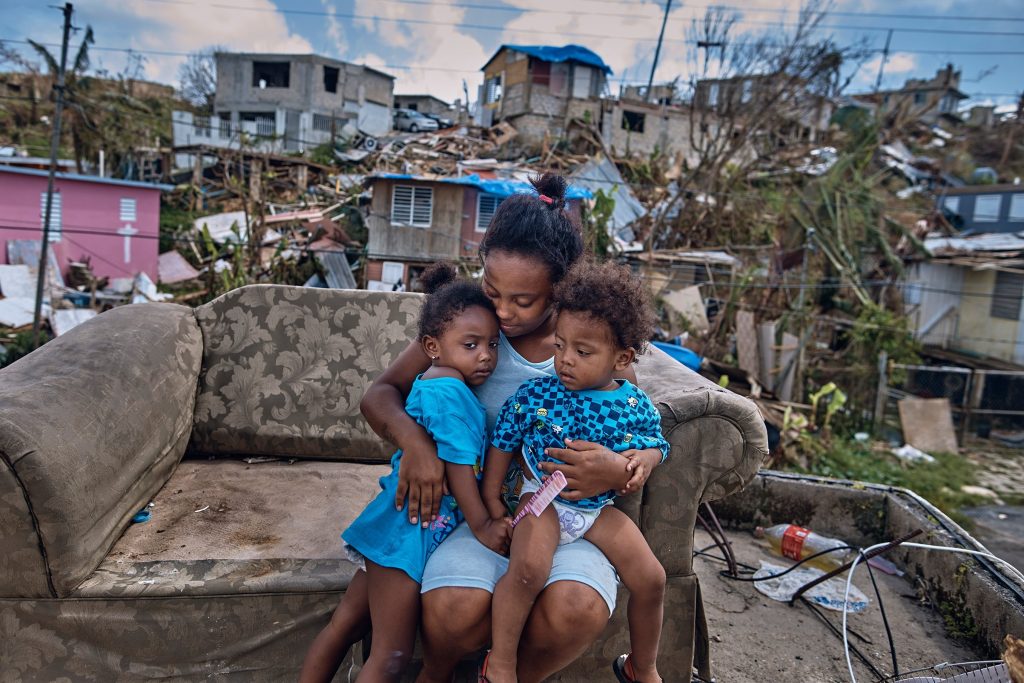
Sadly, nearly 200,000 families and businesses (or roughly 16% of the island) are still without power. Many homes and businesses are permanently damaged and will never be rebuilt. Tourism (a major source of income for the island) is virtually nonexistent. More than 200 schools have closed, thousands are still without jobs, and Puerto Rico officials are still trying to determine how to fix the island’s antiquated electrical system that was virtually ruined in the storm. Oh, and the island is $73 billion dollars in debt.
Still, there is a much bigger problem brewing among the people of Puerto Rico: a festering mental health crisis.
Many residents remain despondent after seeing the Trump administration bend over backward to help the predominately White and Republican stronghold states of Florida and Texas following the hurricane, but treat the non-voting and Brown Americans of Puerto Rico as second-class citizens. Combined with having to endure being thrown back into the stone age in the blink of an eye, living life by candlelight, cooking meals by a makeshift fire, coping without standard communication (WiFi, email), running out of money and running out of patience for the past 7 months, it’s understandable why the people of Puerto Rico are beginning to crack.
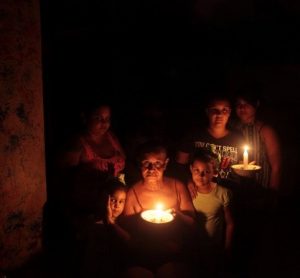 “I sit and cry all day,” said Magdaliz Medina, 42, who has lived without power or water and the crushing depression that has visited her each day in her darkened home for more than 6 months. “I was depressed before the storm. Maria made it worse.”
“I sit and cry all day,” said Magdaliz Medina, 42, who has lived without power or water and the crushing depression that has visited her each day in her darkened home for more than 6 months. “I was depressed before the storm. Maria made it worse.”
Crisis managers at a suicide prevention hotline near San Juan regularly receive 500 to 600 calls per day from residents around the island in varying stages of desperation. Some callers just want to talk about their loss of home or income or family members who have died or fled to the mainland USA. Others call with very specific plans to commit suicide.
Although the Federal Emergency Management Agency (FEMA) approved $1 billion in individual assistance grants for personal households and an additional $558 million in public assistance grants for repairs to bridges and government buildings, progress on the island is still extremely slow-moving and taking a toll on everyone.
So far, the agency “Wheels are spinning, but things don’t seem to get off the ground,” San Juan Mayor Carmen Yulín Cruz said.
“We’ll never be normal again,” said resident Michelle Rebollo. “Maria really clobbered us. For better or for worse, we’ve all changed.”
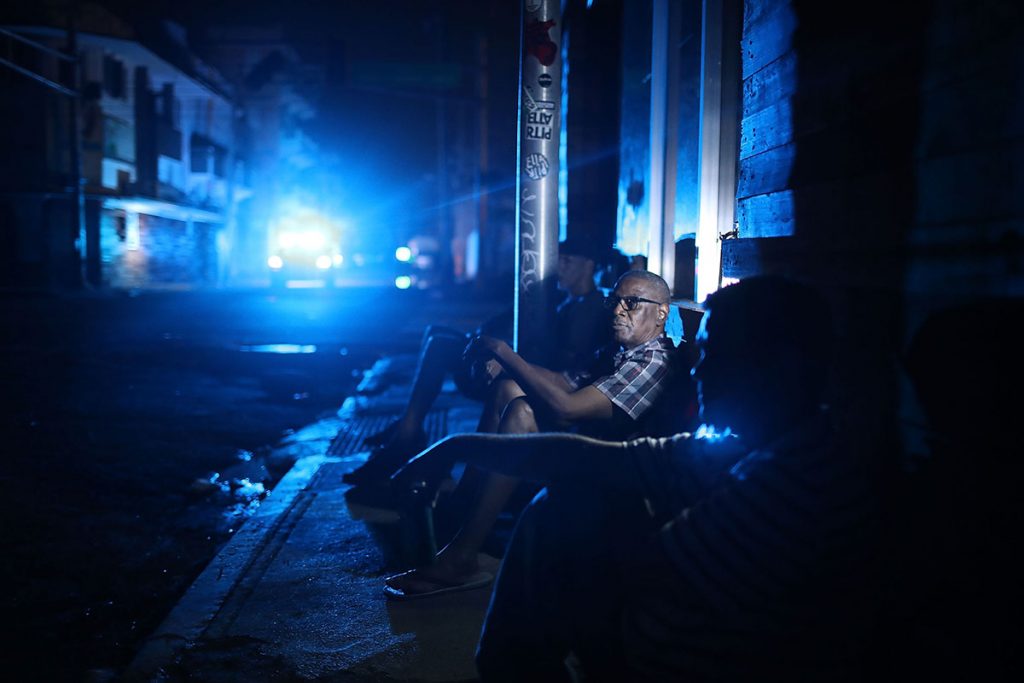
Puerto Rico is still desperately in need of help. The residents are at the end of their ropes and perilously in need of services and mental health care.
Too bad the current Commander-In-Chief only thought enough of the American citizens there to visit the island only once for a few hours to throw paper towels at them before boarding Air Force One and getting the hell out of there!
FLINT, MICHIGAN
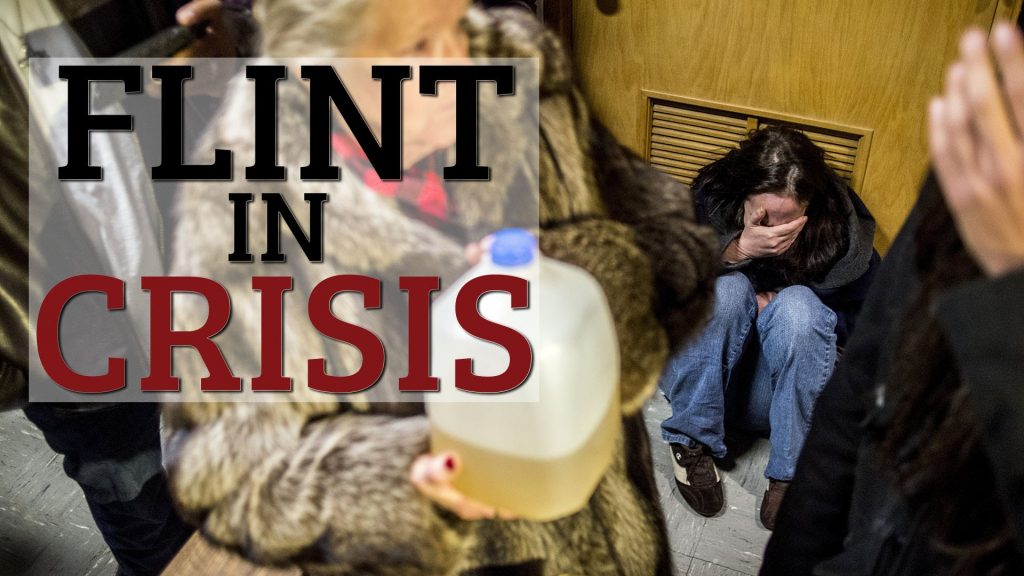
The Flint water crisis is now officially 4 years old.
In April of 2014, city officials decided to save municipal funds by switching their drinking water source from the Detroit River to the polluted Flint River. Almost immediately, they realized that because of insufficient water treatment and dilapidated lead pipes throughout the city, more than 100,000 residents were now exposed to high levels of lead in the drinking water. A federal state of emergency was declared in January of 2016 and Flint residents were forced to use only bottled or filtered water for drinking, cooking, cleaning, and bathing. Wealthy philanthropists and celebrities donated bottled water by the truckload in an effort to assist in what was initially believed to be only a short-term solution.
So, how have the residents of Flint been faring since then?
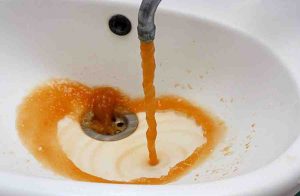 In early 2017, officials declared that water quality had returned to acceptable levels, although residents were still instructed to continue using bottled water until all lead pipes across the city were replaced — a monumental task not expected to be completed until 2020. However, late last week the State of Michigan announced it will no longer supply free bottled water to Flint residents. According to the governor, residents will either have to begin trusting the city water supply or begin purchasing their own water.
In early 2017, officials declared that water quality had returned to acceptable levels, although residents were still instructed to continue using bottled water until all lead pipes across the city were replaced — a monumental task not expected to be completed until 2020. However, late last week the State of Michigan announced it will no longer supply free bottled water to Flint residents. According to the governor, residents will either have to begin trusting the city water supply or begin purchasing their own water.
“The scientific data now proves the water system is stable and the need for bottled water has ended,” Gov. Rick Snyder said in the statement. “Since Flint’s water is now well within the standards set by the federal government, we will now focus even more of our efforts on continuing with the health, education and economic development assistance needed to help move Flint forward.”
However, Michigan State Rep. Sheldon Neeley, a Democrat whose district covers most of the predominantly black city of about 100,000, denounced the decision to end free bottled water and called it cruel.
“Governor Snyder has failed to address the psychological trauma that his administration put the people of Flint through. The fact is, the people of Flint don’t trust the Snyder administration or the science they pay for -– science that previously allowed our city to be poisoned,” Neeley said in a statement.
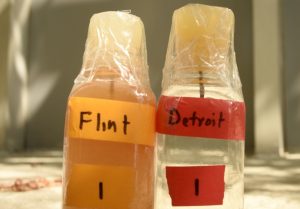 The Natural Resources Defense Council (NRDC), which sued state and city officials on behalf of residents to secure safe drinking water, called the decision disappointing.
The Natural Resources Defense Council (NRDC), which sued state and city officials on behalf of residents to secure safe drinking water, called the decision disappointing.
“The people of Flint deserve better,” NRDC health director Erik Olson said.
Although the Flint water crisis is now 4 years old, the problem is still very much ongoing. With the bottled water program ending and the water pipe replacement plan not scheduled to be completed for another 2 years, it’s anybody’s guess what will happen next to the residents of Flint or exactly how they will move forward.

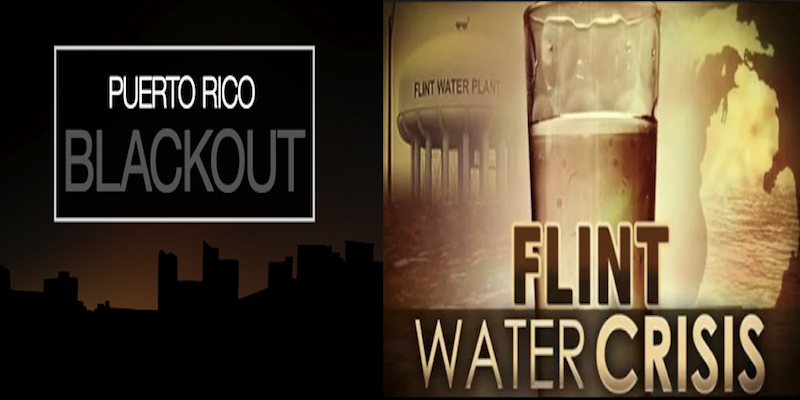




DJ my man you are on a roll this week. This is such an important topic that a lot of people have forgotten about like you said. I commend you for bringing it back to our memory. Trump mocked Puerto Rico and only did the bare minimum there. He acts like that is not part of the United States but it is and those people are still down their suffering. You are right when you said he gave more attention to Texas and Florida than Puerto Rico and that is just sad. As for Flint I wouldn’t drink that water if you paid me. I know a lot of older and poor people probably couldn’t do it but I would have just moved away by now. It is not worth risking your life over this four year old mess. I need to do my research but there has to be a lot of lawsuits over the way all this was handled. It would probably bankrupt Michigan if everybody sued.
Kudos again DJ. These incredibly tragic stories, which are STILL worthy of follow-up scrutiny – have lost their “shine” for the American mainstream news media and so have pretty much disappeared from media coverage.
Look. It’s no secret that the lives of Black and brown Americans have never been valued anywhere near as high as the lives of white Americans. Trump merely provides in-your-face evidence of that fact.
But the truth is, neither party gives a rats-azz about the lives of poor and working-class Americans -Black, brown or white, no matter where WE live. Trump’s attention to natural disasters in “Red” states notwithstanding.
Consider the past 35-40 yrs. For decades the GOP has depended mostly on poor and working-class white voters in “flyover” and POOR “red” Southern states to gain and retain power. And yet, by nearly ALL meaningful measurements, poor and working-class White-Americans have continually LOST more and more jobs and income security over the years -while giving majority support to the GOP.
TODAY more poor and working-class White families are increasingly experiencing serious mental health problems (major depression, anxiety, suicidal and homicidal tendencies); drug addiction and alcoholism. Their votes still matter. Their lives? Naah. Not really.
And sadly, Black, and brown, Americans haven’t fared much better in their majority support of the Democrat party. In fact, I just heard it reported this morning that when it comes to jobs and income, “Black women,” in particular, fare WORSE than any other group.
Source: MSNBC
Our two-party system in America no longer works ALL of America. It works to keep rich and powerful elites…..rich and powerful elites. WE (poor and working-class Americans) could all be living in Puerto Rico or Flint Michigan for all they care.
They don’t really give a d*mn about Us.